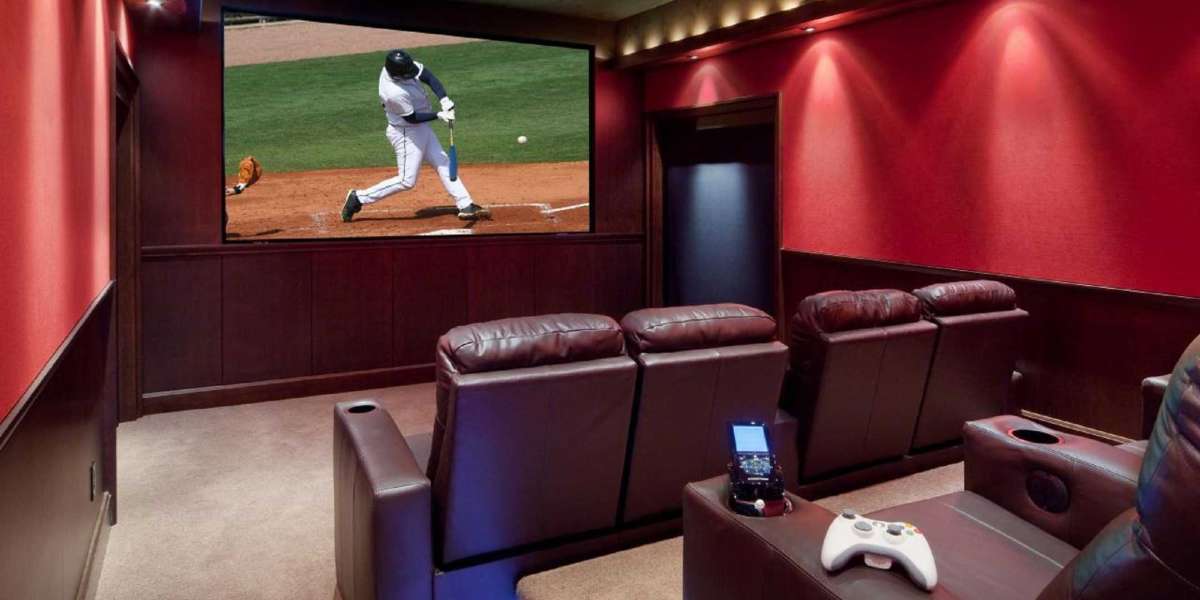A display box is more than just a container—it’s a strategic tool used in retail, marketing, exhibitions, and storage to showcase products effectively and enhance brand visibility. Whether used in supermarkets, boutiques, trade shows, or even for personal collections, display boxes play a crucial role in influencing customer perception and purchase decisions.
What is a Display Box?
A display box is a specially designed packaging or presentation container intended to hold and showcase items in a visually appealing way. Unlike standard packaging, a display box emphasizes visibility, arrangement, and branding. These boxes often have open tops, transparent windows, or cut-out fronts to make the product inside easily viewable.
Types of Display Boxes
Counter Display Boxes
Placed at checkout counters or reception desks, these small boxes are used to display impulse items like candy, cosmetics, small gadgets, or promotional materials. Their placement boosts last-minute sales.Floor Display Boxes
These are larger boxes that stand on the floor, often made from cardboard or corrugated material. Ideal for showcasing bulkier items such as toys, books, or packaged food in retail environments.Window Display Boxes
These boxes have transparent windows (usually made of plastic or PVC) that allow customers to see the product without opening the package. Common in electronics, cosmetics, and gourmet food packaging.Custom Printed Display Boxes
These are personalized with logos, slogans, and brand colors to enhance brand identity. They are tailored to fit the product size and brand aesthetics, making them ideal for marketing campaigns or limited-edition items.Eco-Friendly Display Boxes
Made from recycled or biodegradable materials, these boxes cater to environmentally conscious brands and consumers. They're gaining popularity in sustainable packaging initiatives.
Key Features of an Effective Display Box
Durability: Especially for retail environments, display boxes need to withstand constant handling.
Design Appeal: Attractive graphics and structural design grab customer attention.
Functionality: Easy to assemble and refill, especially important for high-turnover items.
Product Protection: Even though they showcase products, display boxes still need to protect contents from damage.
Compactness: Efficient use of space to hold multiple items without looking cluttered.
Uses and Applications
1. Retail Stores
Display boxes are ubiquitous in retail settings. Whether it's showcasing lip balms at the register or new snacks on an end-cap, display boxes drive sales by improving product visibility and accessibility.
2. Trade Shows and Exhibitions
Custom display boxes are used to professionally present products at booths and tables. Their design often reflects the company’s branding and makes sampling or demonstration easy.
3. Cosmetics and Pharmaceuticals
Small and eye-catching display boxes are perfect for organizing products like creams, lipsticks, or pill bottles in a way that’s both practical and attractive to consumers.
4. Food and Beverage
Display boxes for candies, tea bags, packaged snacks, or energy bars help organize items and encourage quick purchases. The windowed designs also make it easy to identify contents.
5. Gifts and Collectibles
Special edition products or collectibles often come in ornate or themed display boxes to boost perceived value. These can also double as storage or decorative items.
Benefits of Using Display Boxes
Increased Sales: Visually accessible products are more likely to be picked up and purchased.
Branding Opportunity: Custom printing allows businesses to reinforce their identity at the point of sale.
Efficient Merchandising: Easy restocking and good use of space help maintain an organized retail environment.
Consumer Convenience: Shoppers can quickly view and grab items without needing staff assistance.
Cost-Effective Marketing: Compared to ads or digital campaigns, display boxes are a low-cost yet impactful promotional tool.
Materials Used in Display Boxes
Cardboard – Lightweight and cost-effective, ideal for short-term displays.
Corrugated Fiberboard – Offers greater strength for heavier products.
Plastic – Durable and transparent, great for permanent or semi-permanent displays.
Acrylic – Used for high-end or museum-style displays.
Wood – Adds a rustic or premium touch, often used in handcrafted or specialty markets.
Customization Options
With modern printing and fabrication techniques, display boxes can be fully customized. Common options include:
Full-color printing
Die-cut shapes
Glossy or matte lamination
UV coating
Embossing or debossing
Foil stamping
These features not only enhance aesthetics but also align the packaging with specific marketing goals or seasonal themes.
Final Thoughts
A well-designed display box bridges the gap between functionality and marketing. It not only holds and protects a product but actively promotes it by enhancing its shelf presence. Whether you’re a retailer looking to boost impulse sales, a manufacturer wanting to improve brand visibility, or a marketer preparing for an event, display boxes are a powerful packaging solution.








